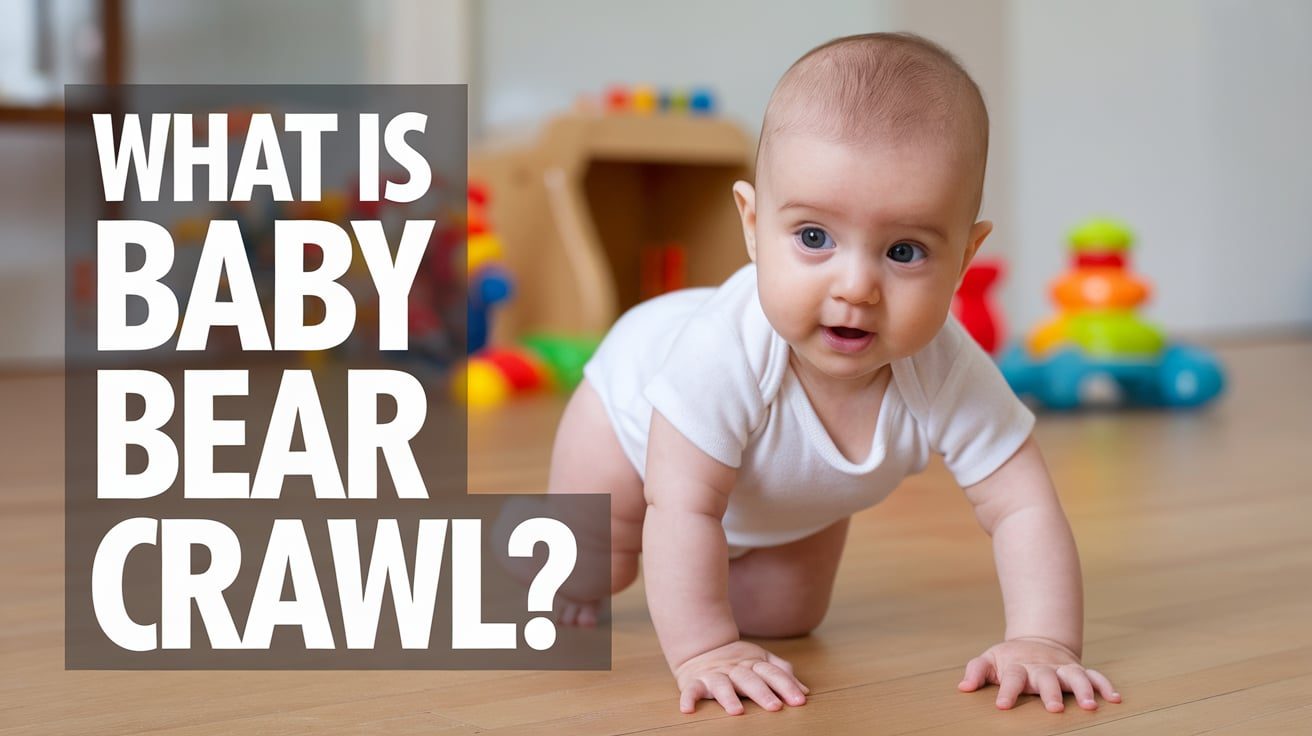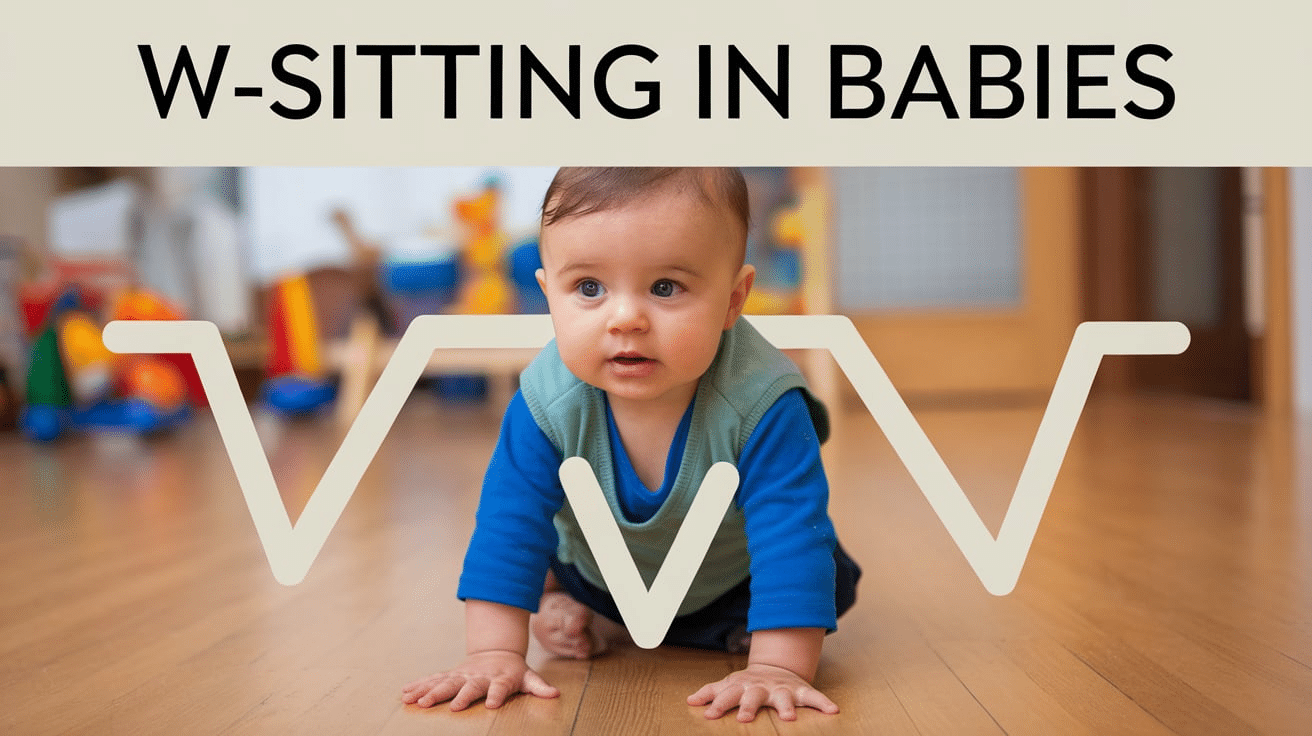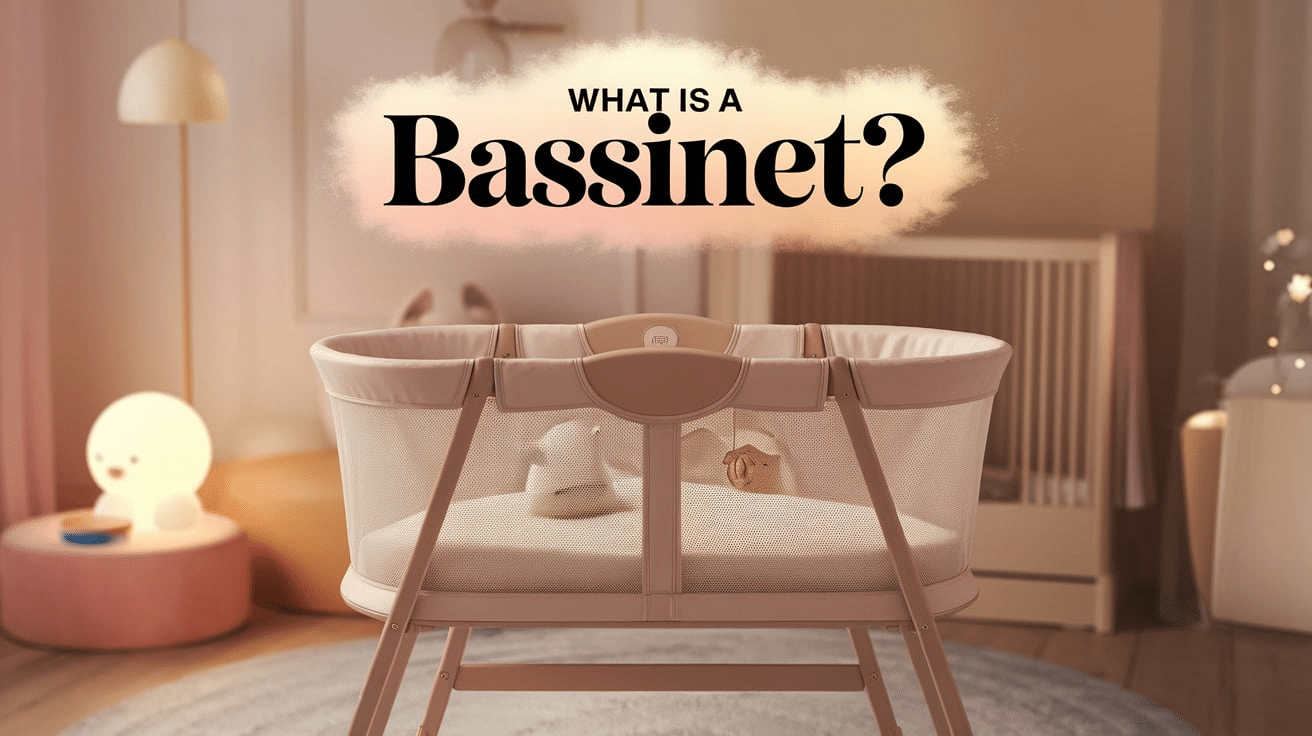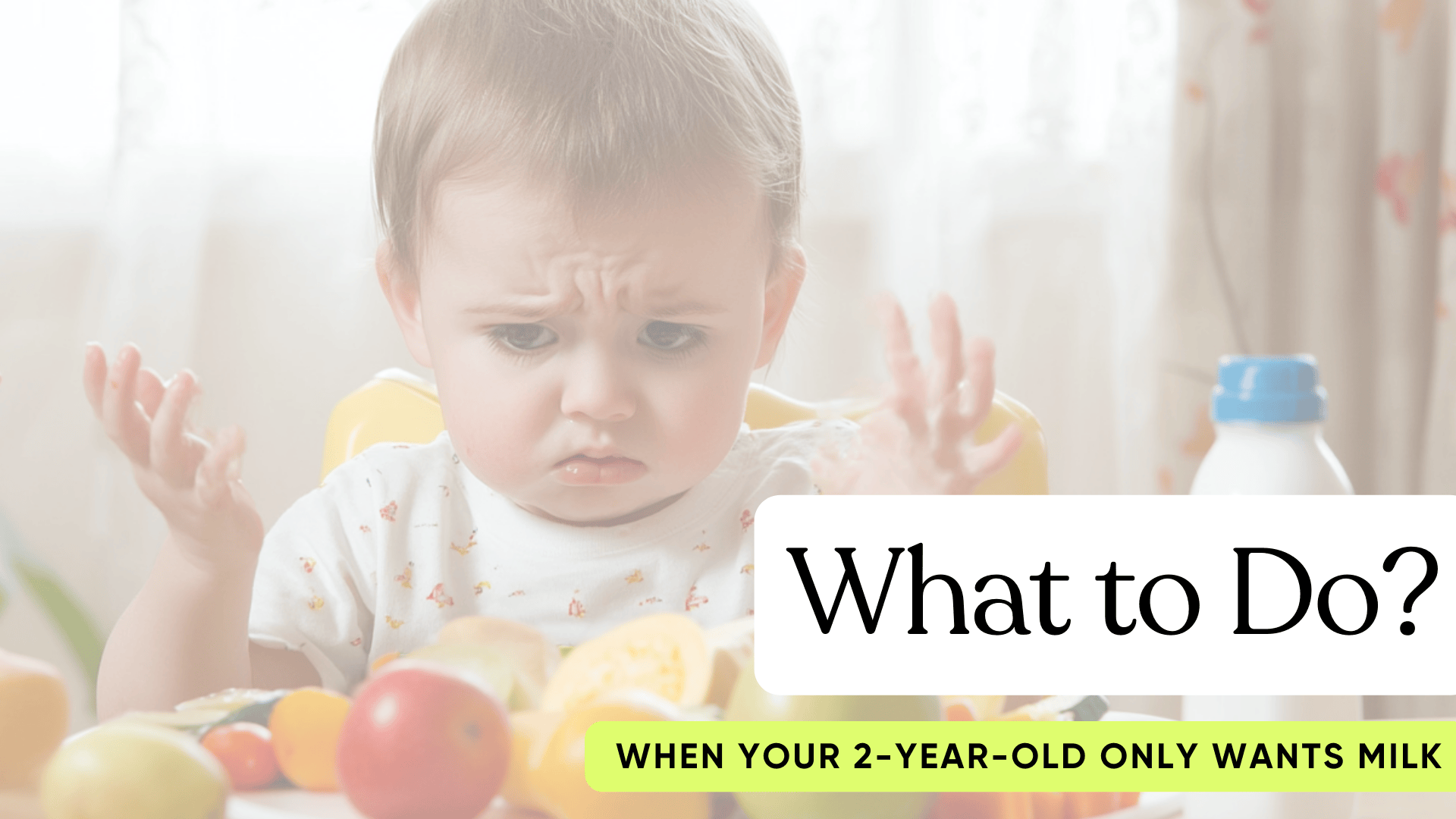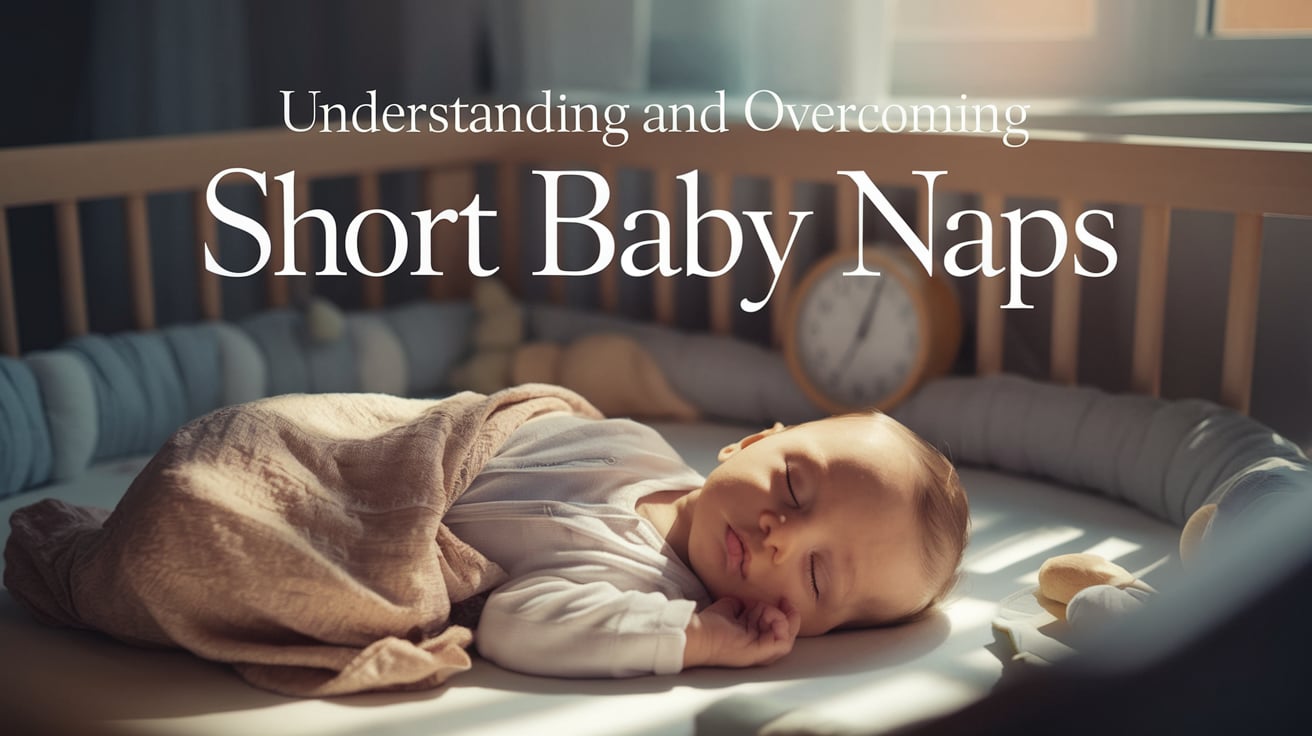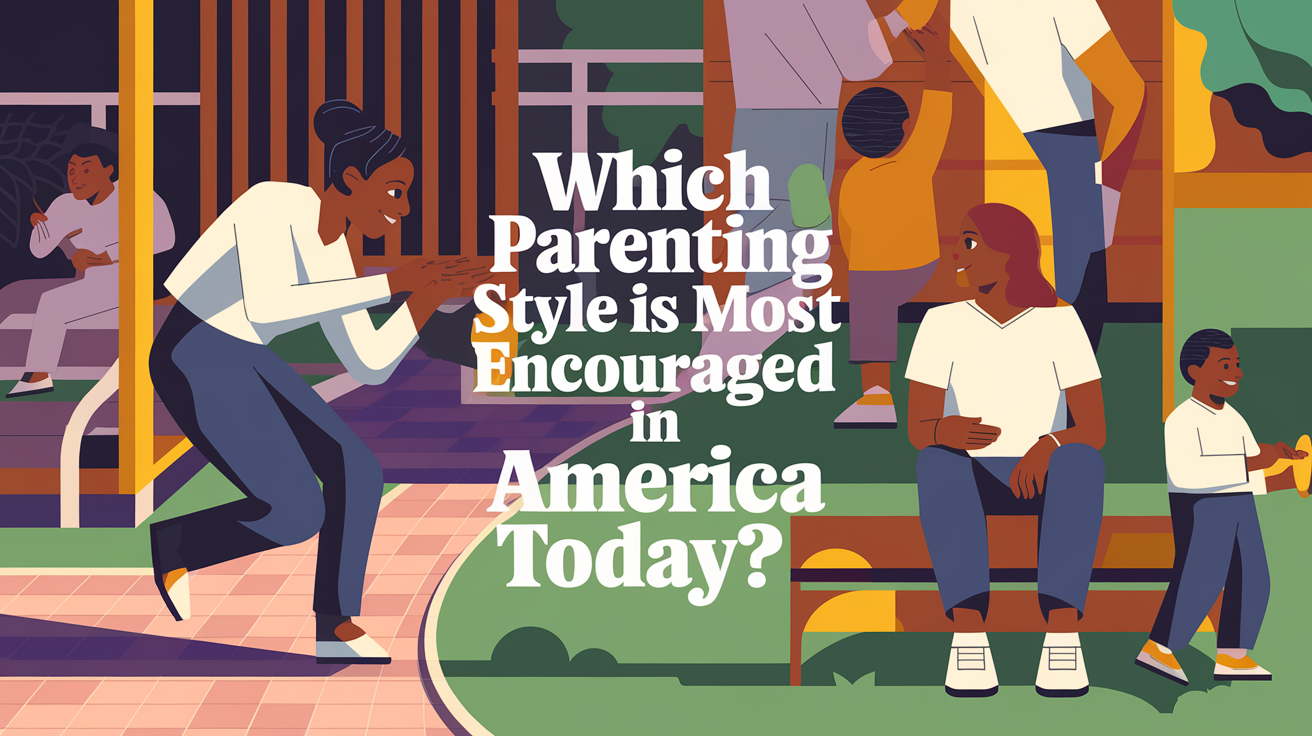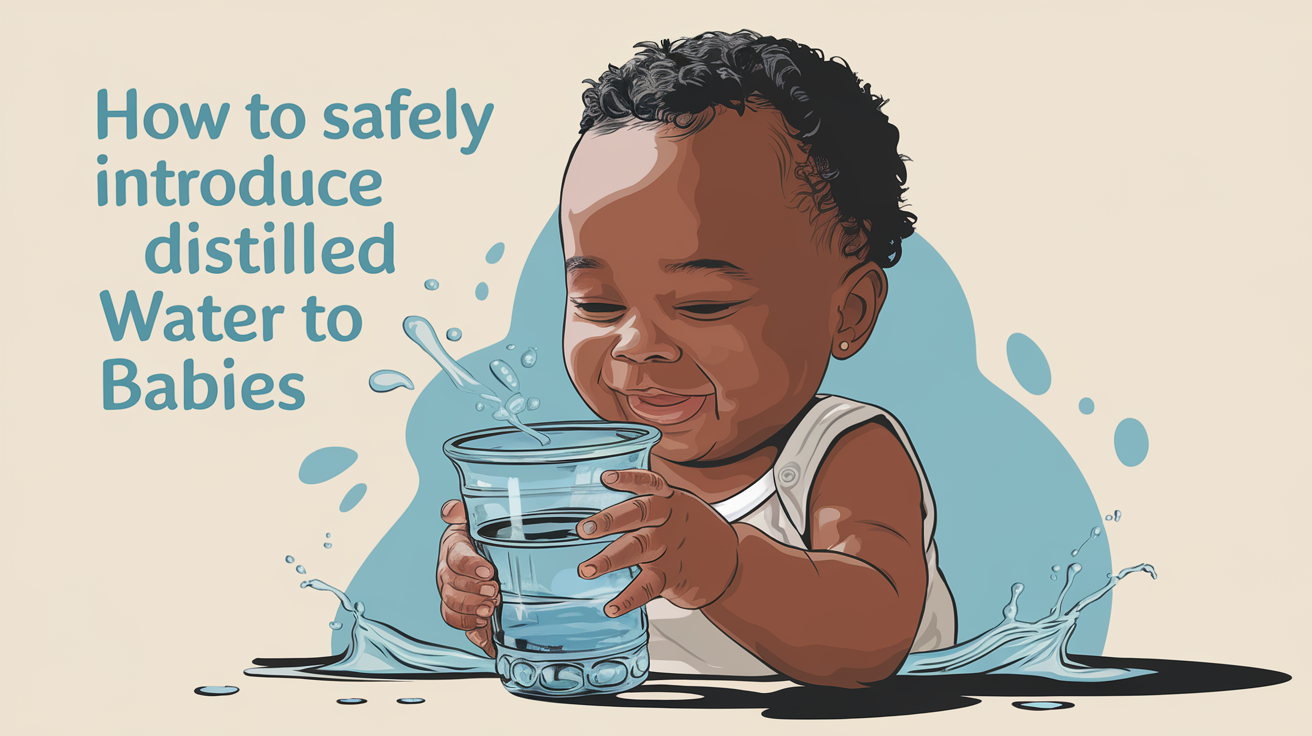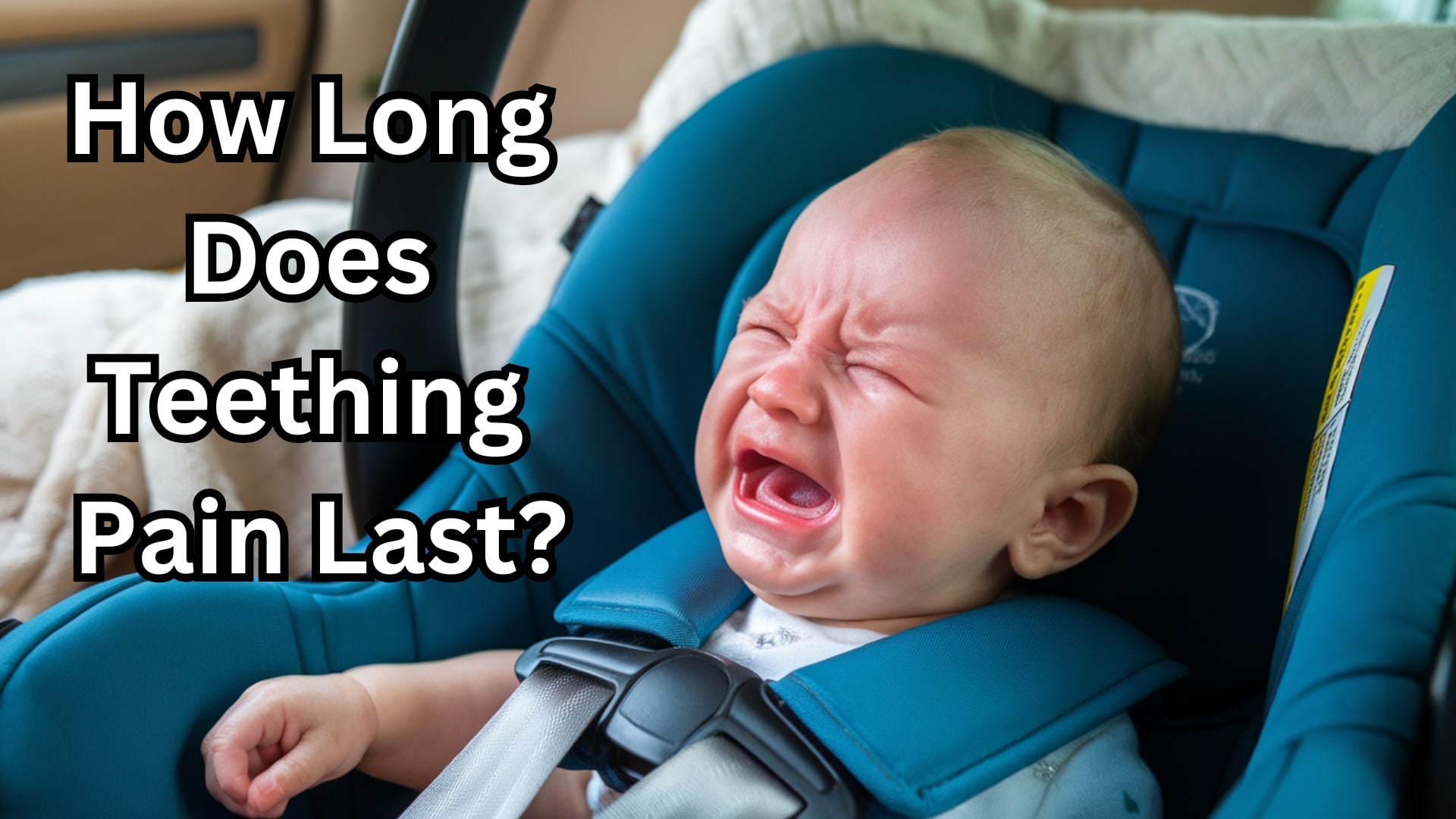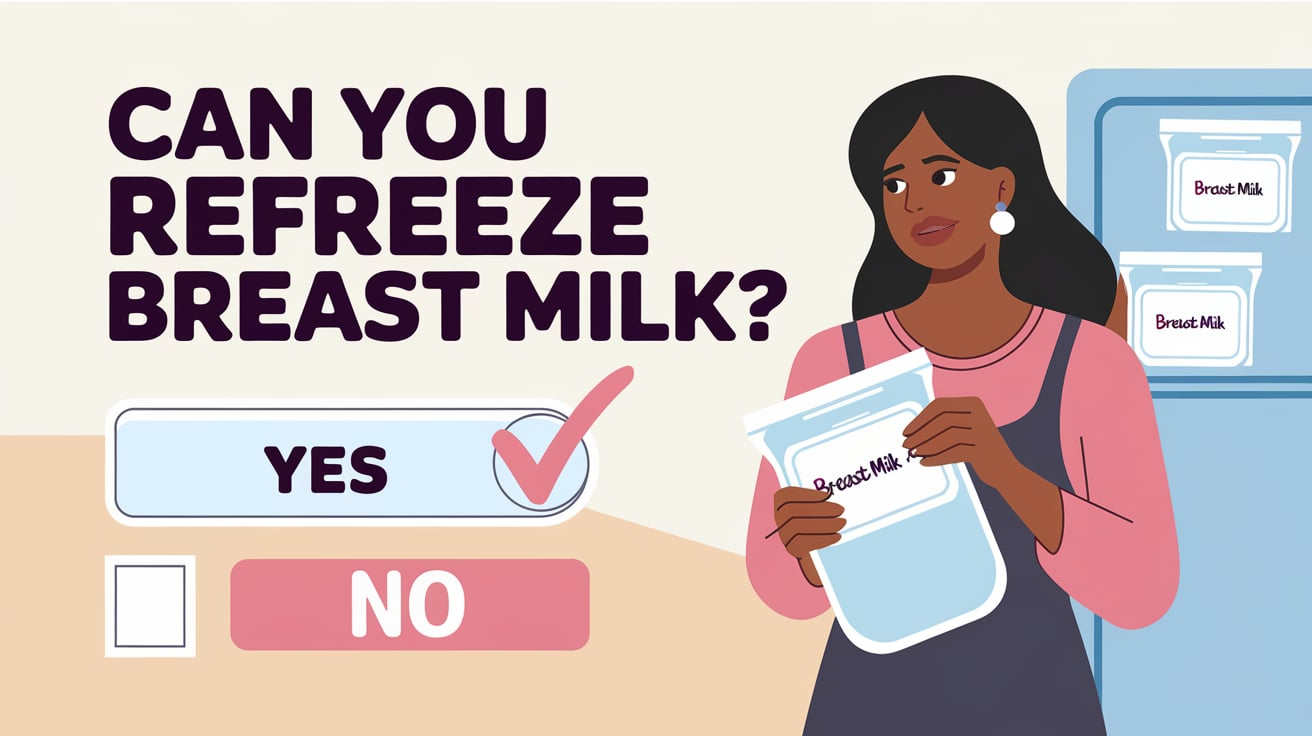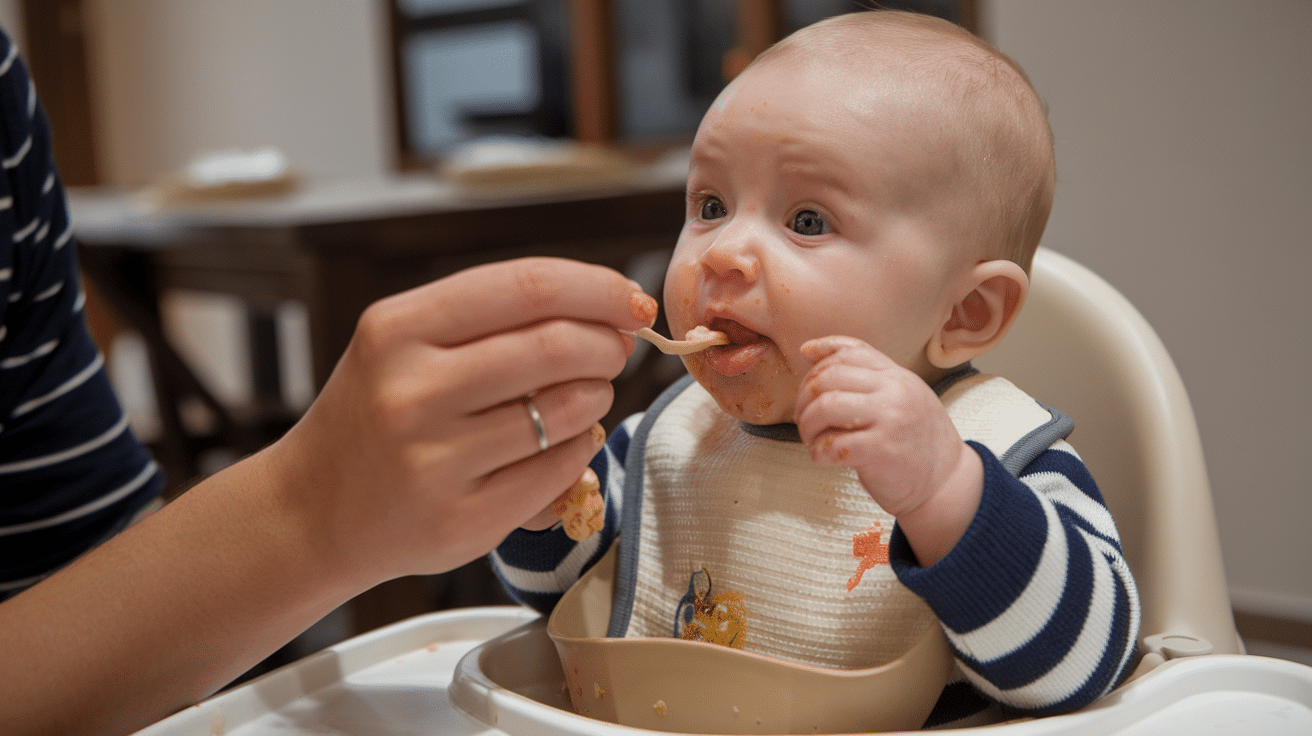
Ready to introduce solid foods to your baby? Cheerios is one of the famous options!
Cheerios are small, round cereal pieces that many families love. These little O-shaped snacks are made from whole-grain oats and have been a breakfast table favorite for over 80 years.
Kids all across America enjoy these crunchy treats in their bowls or as finger foods.
Parents like Cheerios because they’re easy to pick up, don’t have too much sugar, and contain important nutrients. They’re also not too hard, which makes them safer for little mouths.
But when is the right time to give Cheerios to your baby? Are they safe for your little ones? Let’s discuss about it in detail.
Understanding Readiness for Cheerios
Babies need to reach certain milestones before they can safely eat Cheerios. Most babies are ready for finger foods like Cheerios around 8-10 months old, but each baby develops at their own pace.
Signs Your Baby Is Ready
Before trying Cheerios, babies should be able to sit up without help and have good head control. They should also show interest in food and open their mouths when food is near.
Babies also need to have tried other solid foods first and handled them well.
The Important Pincer Grasp
The pincer grasp means using the thumb and pointer finger to pick up small items. Babies usually develop this skill between 8-10 months.
This grasp helps them pick up tiny foods like Cheerios safely. Before this skill develops, babies might sweep food with their whole hands.
Safe Chewing and Swallowing
Babies need to know how to move food to the back of their mouth and swallow properly. Watch for signs that your baby can mash food with their gums.
If your baby gags often or pushes food out, they might not be ready yet. Always watch your baby while they eat Cheerios to make sure they don’t choke.
Are Cheerios Safe for Babies?
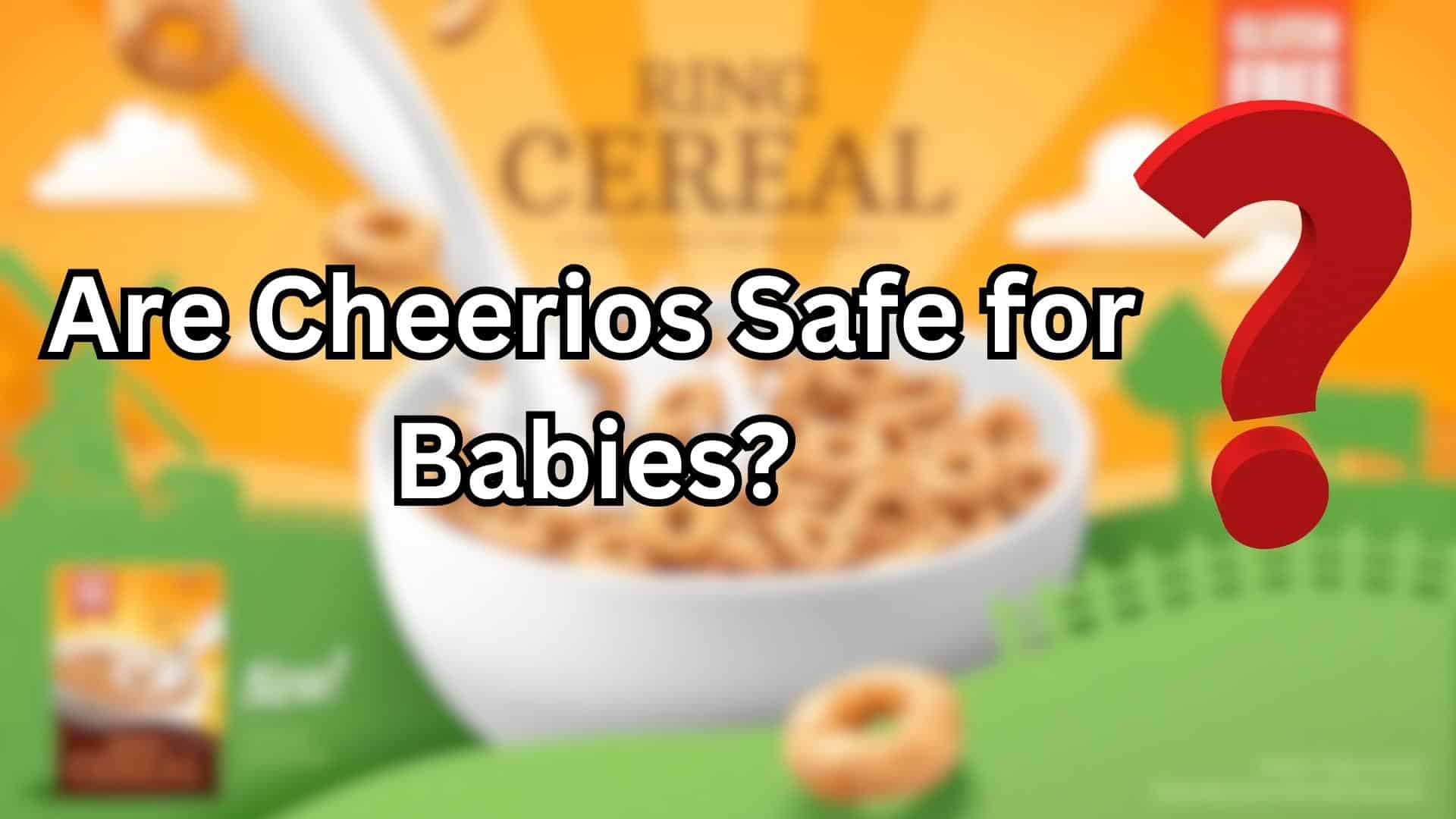
Cheerios are generally safe for babies who can pick up small foods with their fingers. These small, round cereals are a popular first food because they dissolve quickly in the mouth, reducing choking risks.
Original Cheerios contain very little sugar and are made mostly from whole-grain oats, which makes them a healthy option.
While Cheerios are safer than many other finger foods, parents should still be careful about choking.
Always make sure babies are sitting upright when eating, and never leave them alone with food. Breaking Cheerios into smaller pieces can help make them even safer for new eaters.
Some babies might be allergic to oats, though this is rare. Watch for signs like rashes, upset stomach, or breathing problems after eating Cheerios.
If you notice these symptoms, talk to your doctor right away.
When and How to Introduce Cheerios to Your Baby?
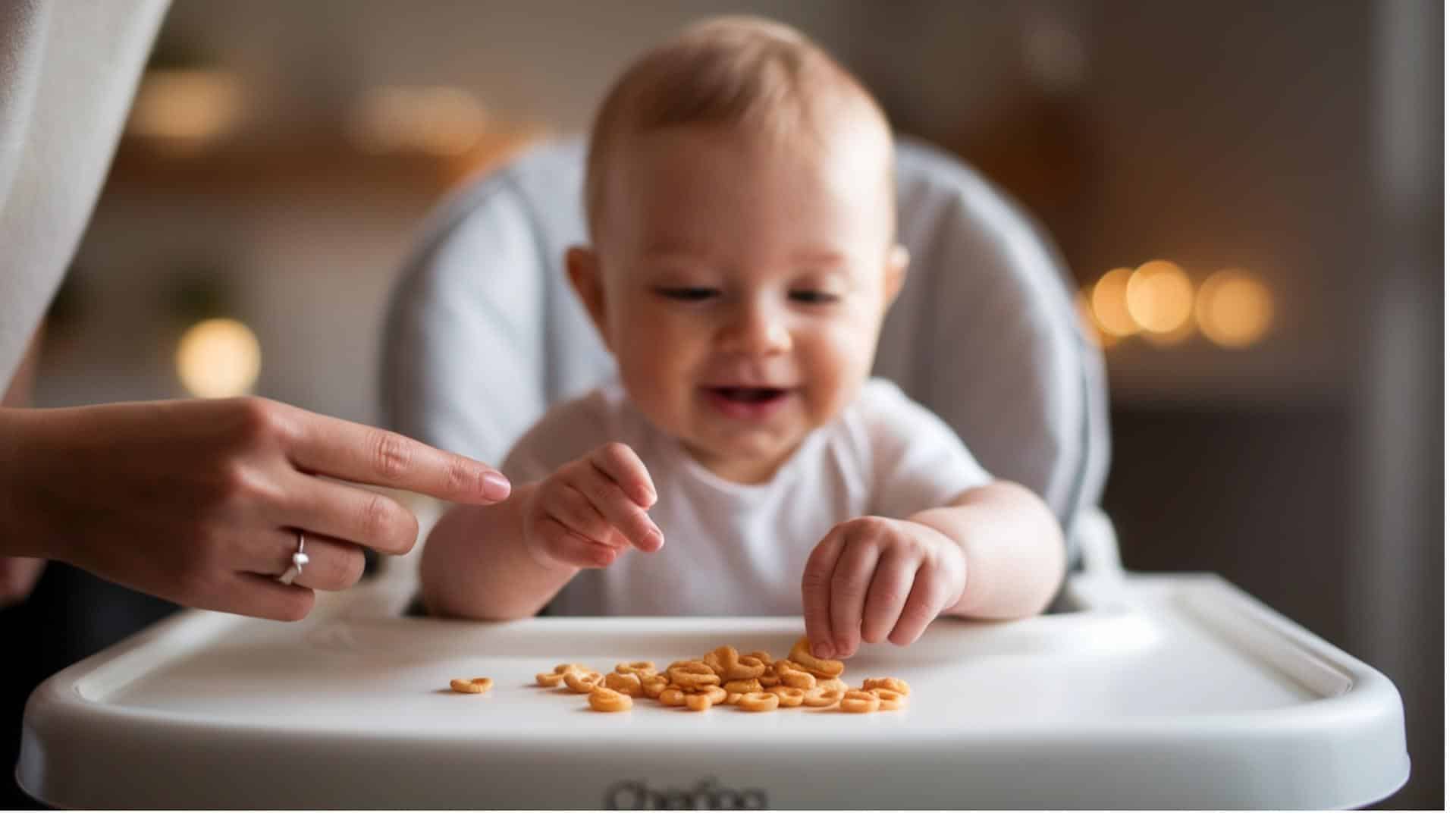
Babies can usually start eating Cheerios when they are about 9-10 months old. By this time, most babies can sit up well, pick up small objects with their fingers, and chew food safely.
The best way to serve Cheerios is to place a small amount (5-8 pieces) on your baby’s high chair tray. Make sure your baby is sitting upright in their high chair.
Always stay with your baby while they eat to watch for any choking.
If Your Baby Is Eating Cheerios for The First Time, follow the below points
- Always sit near your baby
- Put a few dry Cheerios on the tray
- Let your baby touch and learn about them
- Show them how to pick up the Cheerios
- Watch as they try to eat them
Start with offering Cheerios once a day during snack time. As your baby gets better at eating them, you can give Cheerios more often. Keep portions small – about 1/4 cup is plenty for a snack.
Alternative First Finger Foods to Consider
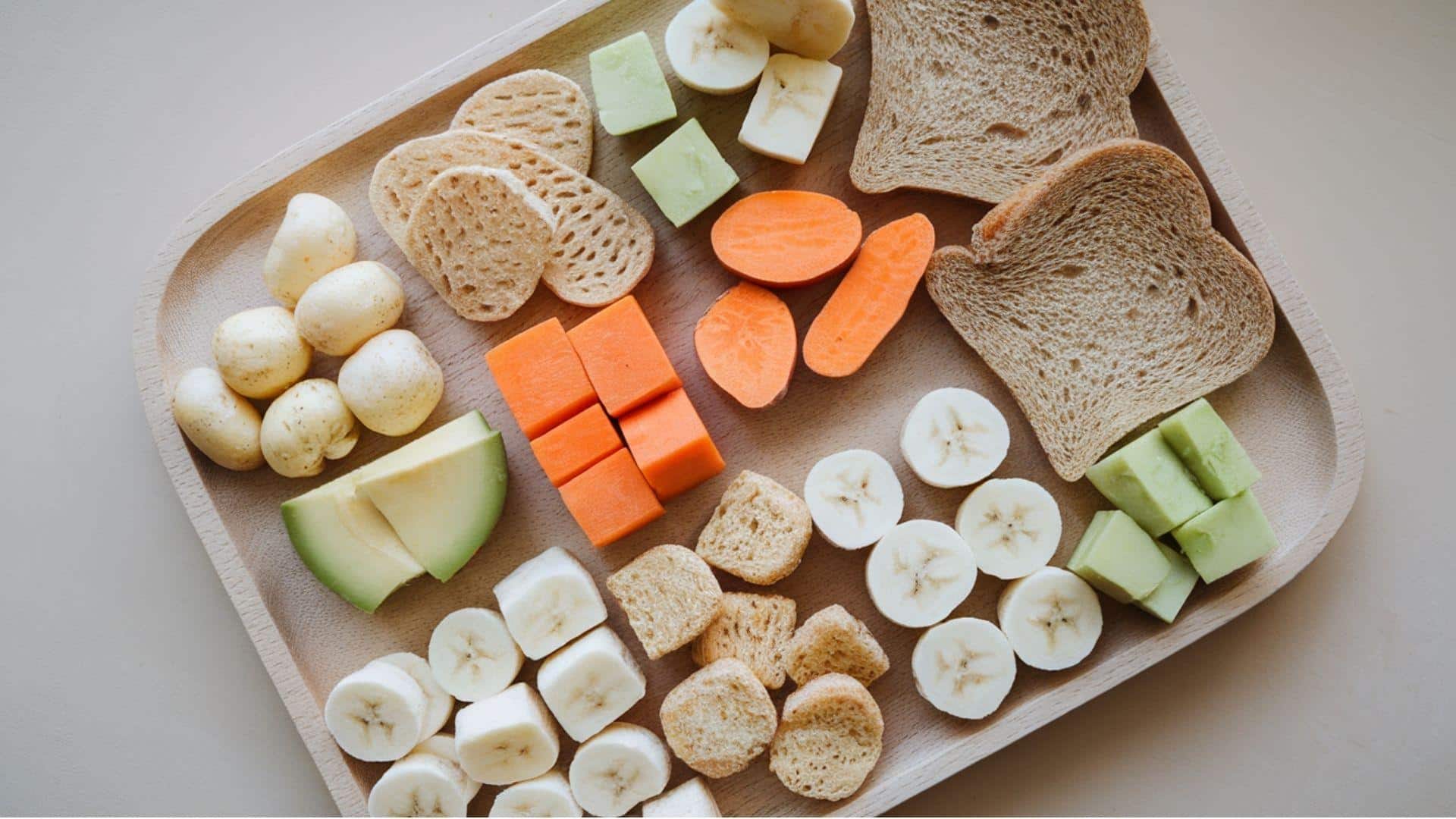
When babies are ready to start self-feeding, they can enjoy many safe finger foods. These options provide nutrients while helping babies practice their pincer grasp.
Some great alternatives include:
- Soft fruit pieces (banana, avocado, ripe pear)
- Steamed vegetable chunks (sweet potato, carrot, broccoli)
- Baby puffs that dissolve quickly
- Rice crackers or thin rice cakes
- Small toast squares
- Soft scrambled eggs
These foods allow babies to practice self-feeding skills while checking different textures and flavors. Parents should always supervise mealtime and make sure food pieces are soft and small enough to prevent choking.
As babies grow more comfortable with finger foods, parents can gradually introduce new options to expand their little one’s developing palate.
Final Words
Introducing finger foods to babies is an exciting milestone in their eating expedition. Remember to look for signs of readiness before starting any new foods.
Always choose foods that are safe and appropriate for your baby’s developmental stage. Taking things slowly and being patient helps babies learn to enjoy different foods and develop healthy eating habits that last a lifetime.
Starting with small amounts and watching for allergic reactions is also important for food safety. Give your baby plenty of time to learn about new textures and tastes at their own pace.
No matter which finger food you are providing to your baby, sit close and watch them eating.
Frequently Asked Questions (FAQs)
When Can I Start Giving My Baby Cheerios?
Most babies can start eating Cheerios around 9 months when they develop the pincer grasp and can chew and swallow safely.
Are Cheerios a Choking Hazard for Babies?
Cheerios are designed to dissolve easily, making them a safe option. However, always supervise your baby while eating to prevent choking risks.
How Do I Know if My Baby Is Ready for Cheerios?
Your baby is ready if they can sit up unassisted, have good hand-eye coordination, and can pick up small objects using their fingers.
Can I Give My 6-Month-Old Baby Cheerios?
At 6 months, most babies are not developmentally ready for Cheerios. It’s best to wait until they have better chewing and swallowing skills.
What Are Some Alternatives to Cheerios for Babies?
Other safe options include baby puffs, soft fruits, steamed veggies, and small pieces of whole-grain toast.

